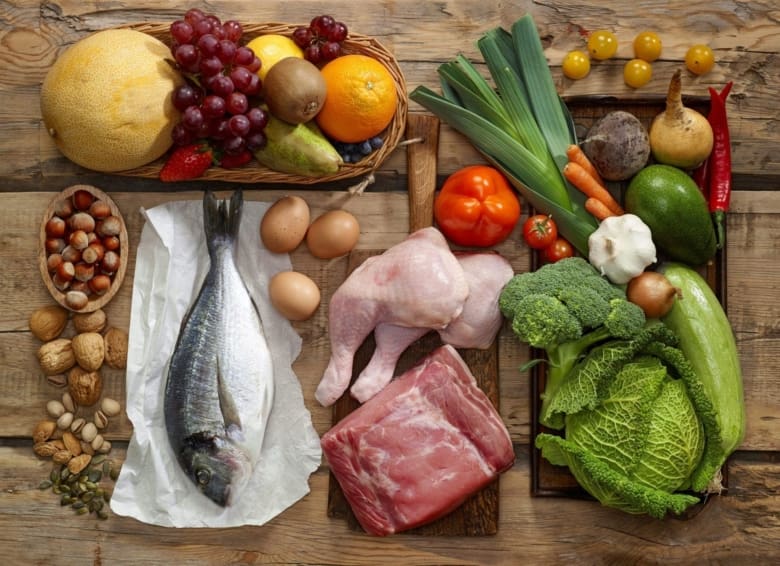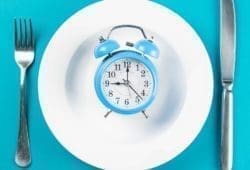
The paleo diet is sometimes nicknamed “the caveman diet,” as it is tied to the diets of our ancestors. It’s based on food sources for humans during the Paleolithic area — or the “Stone Age.”
The staples of the paleo diet are lean meats, fish, vegetables, fruits, nuts and seeds, and healthy fats and oils. The belief is that modern-day farming introduced foods that humans are not genetically matched to eat. This includes dairy, grains, and legumes. The founders of the paleo diet believe the body’s inability to adapt to this radical change in diet contributes to the widespread instances of obesity, diabetes, and heart disease today.
Talk to your doctor before starting any new diet.
Path to Improved Health
The paleo diet focuses on increased protein and fiber intakes and lower carbohydrate intakes. It aims to cut certain fats, like trans fats and Omega-6 polyunsaturated fats, and increase the amount of healthier fats, like monounsaturated and Omega-3 fats.
It also promises an increase in the amounts of vitamins, minerals, and antioxidants in your diet. You may also achieve a healthier balance of potassium and sodium.
Food to Eat
- Meat
- Fish and seafood
- Eggs
- Nuts and seeds
- Health fats and oils
- Vegetables
- Fruit
Foods to Avoid
- Dairy
- Grains
- Legumes
- Potatoes
- Sugar
- Salt
- High-fructose corn syrup
- Trans fats
- Artificial sweeteners
- Processed foods
The paleo diet can help you feel fuller and lose weight. This is because it is rich in lean protein and fiber-heavy foods. The traditional diet plan also allows for cheat meals at first. You can have three “open meals” per week, or meals where you eat whatever you want.
Things to Consider
Dietary Restrictions
If you are a vegan or a vegetarian, it is unlikely that you would be able to follow the paleo diet. It focuses heavily on meat, seafood, and eggs; vegetarian sources of protein like legumes are not paleo-approved.
Expense
Purchasing large quantities of meat and fresh fruits and vegetables can be very expensive. You will need to be prepared to increase grocery spending as well as time prepping the foods at home.
Factor in Exercise
To lose weight on any diet, you must factor in how many calories you are eating and using. If you consume fewer calories while eating paleo foods than you normally would, you may lose weight without exercising. However, if you are consuming roughly the same amount, you will need to increase your activity or exercise to see weight loss.
It’s recommended that you exercise on the paleo diet anyway if you are interested in seeing toning and definition as well as weight loss.
Questions to Ask Your Doctor
- Are there side effects of switching to a paleo diet?
- Can a paleo diet help to manager certain diseases or conditions?
- How long should I be on the paleo diet?
- Should I take any vitamins or supplements along with a paleo diet?
- Will I have a calcium deficit if I stop consuming dairy products?
- Should I check my bloodwork before or a few months after starting this diet?
![]()
Copyright © American Academy of Family Physicians
This information provides a general overview and may not apply to everyone. Talk to your family doctor to find out if this information applies to you and to get more information on this subject.







